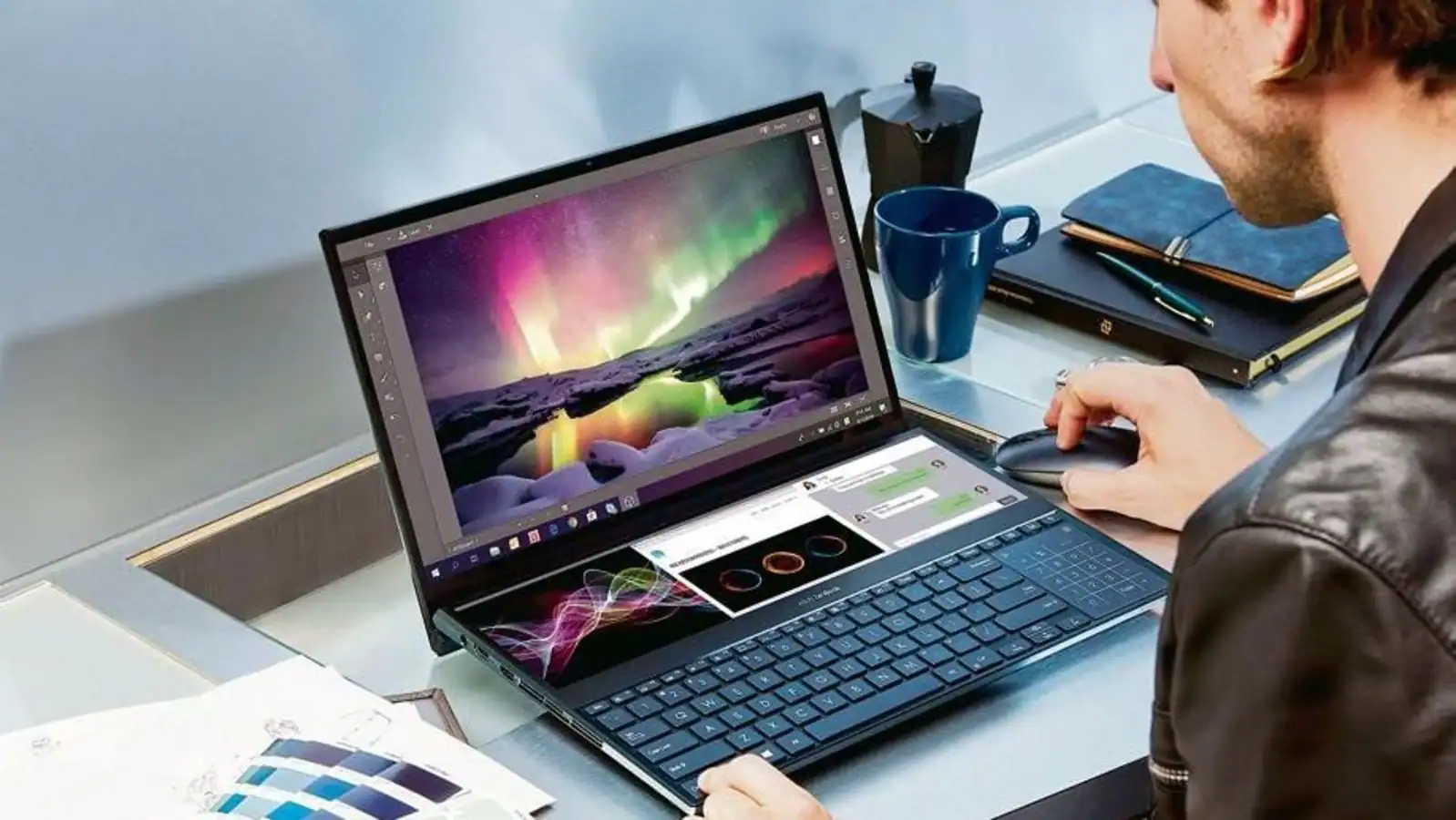Laptops have become an integral part of our modern lives, revolutionizing the way we work, learn, and connect with the world. These portable computing devices have undergone remarkable transformations since their inception, evolving to meet the growing demands of users. In this article, we will delve into the fascinating journey of laptops, from their early beginnings to the advanced and powerful machines we rely on today.
- The Birth of Laptops: The first portable computer, the Osborne 1, hit the market in 1981, weighing a hefty 24 pounds. Despite its bulkiness, this breakthrough device sparked the concept of a portable workstation. It featured a built-in screen, keyboard, and storage, providing users with newfound mobility and convenience.
- The Rise of Mobility: As technology progressed, laptops became more compact and lightweight, offering greater mobility. The introduction of the clamshell design by the Grid Compass in 1982 set the standard for modern laptop form factors. With the inclusion of features such as battery power, users could now take their work on the go, breaking free from the confines of the office or home.
- Advancements in Performance: With each passing year, laptops experienced significant advancements in performance. The integration of faster processors, increased memory capacity, and improved graphics capabilities propelled laptops into becoming powerful machines capable of handling demanding tasks such as multimedia editing and gaming. Additionally, the advent of solid-state drives (SSDs) replaced traditional hard drives, leading to faster boot times and enhanced overall performance.
- Connectivity and Portability: One of the greatest achievements in laptop technology has been the seamless integration of wireless connectivity. The widespread adoption of Wi-Fi and the implementation of cellular data capabilities have transformed laptops into gateways to the digital world. Users can now effortlessly connect to the internet from almost anywhere, ensuring constant access to information, communication, and online services.
- The Era of Ultrabooks: In recent years, the laptop market witnessed the emergence of ultrabooks, a category of sleek and lightweight laptops that prioritize portability without compromising performance. These devices boast long battery life, high-resolution displays, and fast storage options while maintaining a slim and elegant form factor. Ultrabooks have become a popular choice for professionals and students seeking a balance between power and portability.
- Touchscreens and Convertibles: Another significant development in the laptop landscape has been the integration of touchscreens and convertible designs. Touch-enabled laptops provide a more intuitive and interactive user experience, allowing for gestures, handwriting, and drawing. Convertible laptops, commonly known as 2-in-1 devices, can switch between laptop and tablet modes, offering versatile functionality to adapt to different tasks and scenarios.
Conclusion: From their humble beginnings to their current state, laptops have evolved into indispensable tools that empower productivity, connectivity, and creativity. The continual advancements in performance, portability, and connectivity have transformed laptops into versatile machines that cater to a wide range of needs. As technology continues to advance, we can expect even more exciting innovations in the world of laptops, further enhancing our digital experiences and pushing the boundaries of what is possible.



